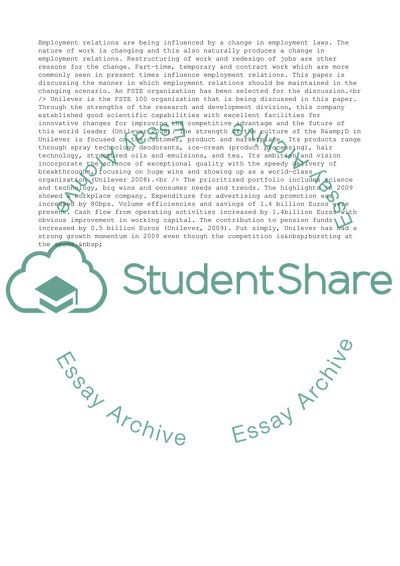Cite this document
(The Collective Employment Relationship Case Study, n.d.)
The Collective Employment Relationship Case Study. Retrieved from https://studentshare.org/business/1732619-managing-the-collective-employment-relationship-in-the-context-of-the-contemporary-business-environment
The Collective Employment Relationship Case Study. Retrieved from https://studentshare.org/business/1732619-managing-the-collective-employment-relationship-in-the-context-of-the-contemporary-business-environment
(The Collective Employment Relationship Case Study)
The Collective Employment Relationship Case Study. https://studentshare.org/business/1732619-managing-the-collective-employment-relationship-in-the-context-of-the-contemporary-business-environment.
The Collective Employment Relationship Case Study. https://studentshare.org/business/1732619-managing-the-collective-employment-relationship-in-the-context-of-the-contemporary-business-environment.
“The Collective Employment Relationship Case Study”, n.d. https://studentshare.org/business/1732619-managing-the-collective-employment-relationship-in-the-context-of-the-contemporary-business-environment.


